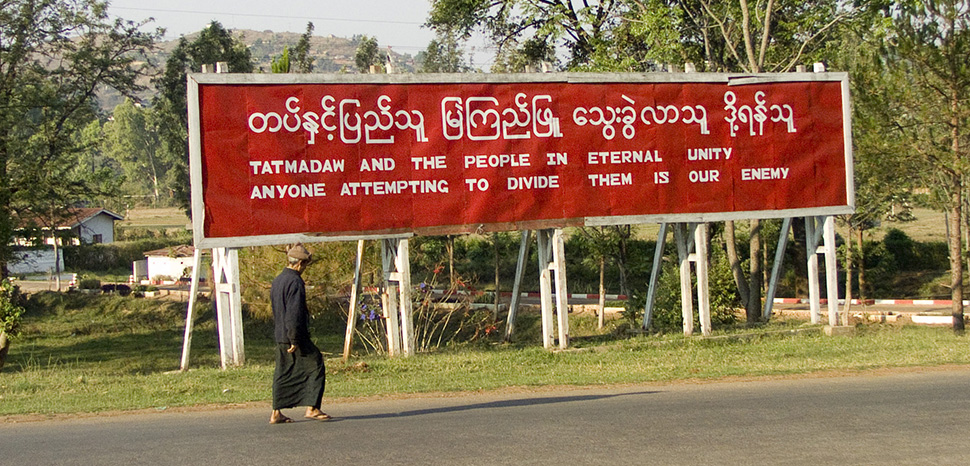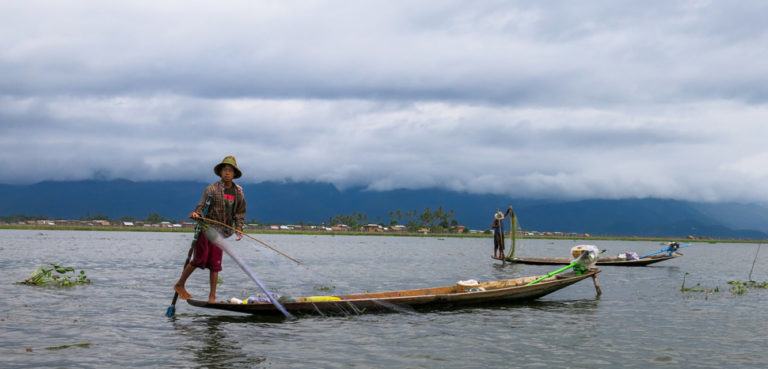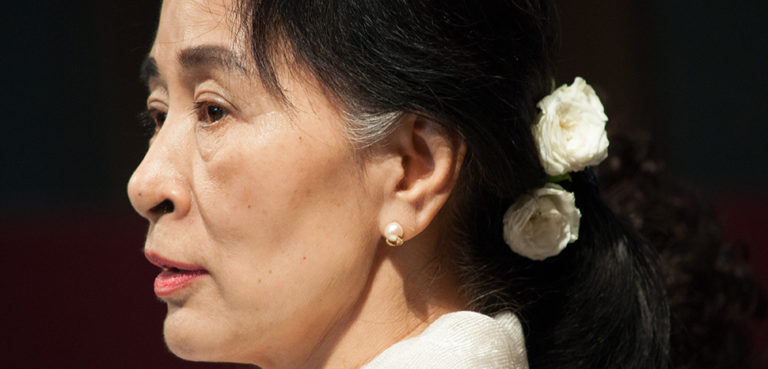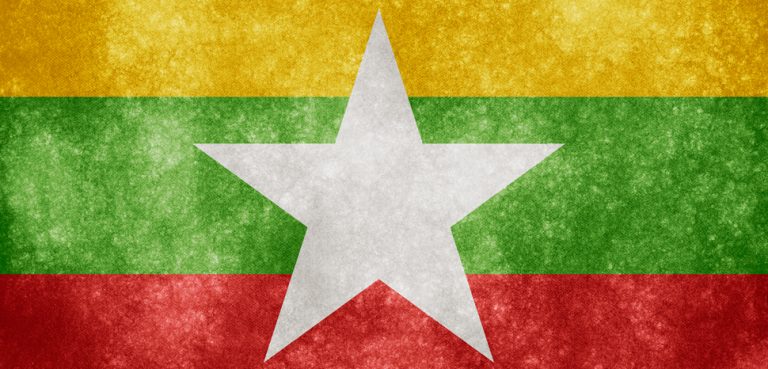The Myanmar civil war, an armed insurgency led by ethnic armed groups against the military junta, is expanding both in scale and intensity. Commencing with an initial offensive in the northern part of Shan state on October 27, various groups in different regions, such as Rakhine and Karen states, have initiated their own operations. The military appears stretched thin and has encountered limited success in reclaiming territories that were lost. These unfolding events further threaten the junta’s rule heading into 2024. The prospect of Myanmar descending into a completely failed state in the coming years looms ever more possible, further reinforcing the need for regional and global cooperation to help stabilize the country.
In a startling turn of events, Myanmar’s resistance launched a nationwide offensive, plunging the already tumultuous nation into deeper chaos. The conflict adds a new layer of complexity to Myanmar’s intricate political landscape, which has been marred by decades of military rule, ethnic tensions, and struggles for autonomy. Since the outbreak of intense fighting on October 27, at least 70 civilians have been killed according to a UN statement in mid-November, while the number of displaced people has exceeded 200,000. These figures are undoubtedly much higher now.
The latest phase of the Myanmar civil war can be traced back to the military coup of February 2021, when the Tatmadaw, Myanmar’s military, seized power from the elected government, claiming voter fraud in the November 2020 elections and removing Aung San Suu Kyi from power. The coup sparked widespread protests, with citizens demanding a return to civilian rule. The military’s response was brutal, leading to hundreds of deaths and thousands of arrests. As the political crisis unfolded, various ethnic armed groups intensified their struggle for autonomy, exacerbating an already volatile situation.




